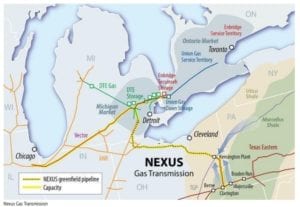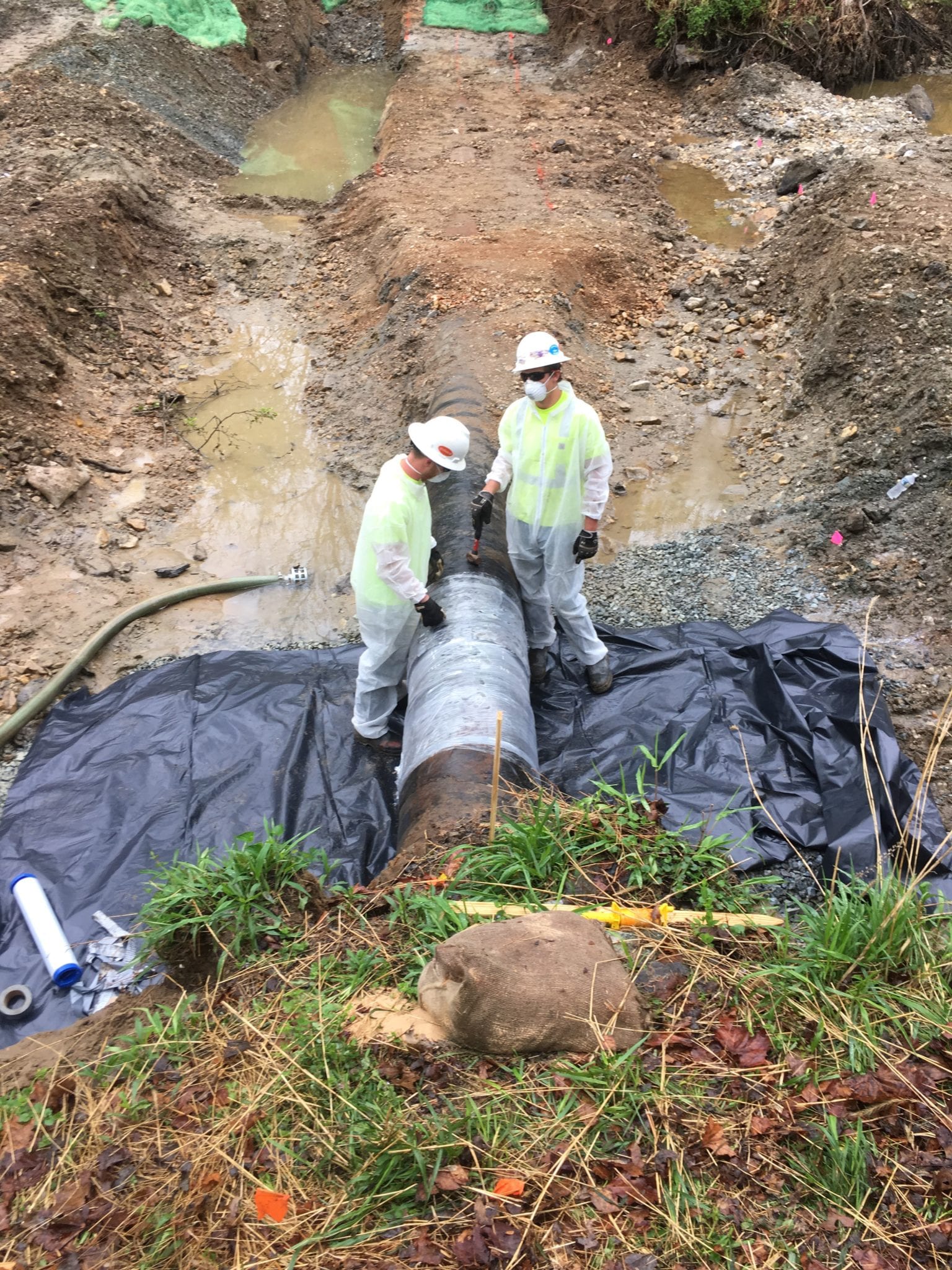Miles of oil and gas pipelines that were built before the 1960s—some as old as the 1920s—are still being used today. That means nearly 50 percent of the U.S. pipeline system is 40 years old or older. As recently as 2016, the federal Department of Transportation (DOT) estimated 30,000 miles of cast-iron pipe still carry gas in the United States, with the highest percentage of these mains located in older eastern cities such as New York City, Philadelphia, Boston, Baltimore and Washington, D.C. It is little wonder the aging infrastructure is creating a surge of projects.
Here’s a brief overview of some of the rehab work. DOT data shows that replacement work, while steady, is far from complete:
- In 2015, there were 27,771 miles of wrought- and cast-iron gas distribution lines in service in the U.S., down from 39,342 miles since 2005, a decrease of almost 30%.
- About 97% of natural gas distribution pipelines in the U.S. were made of plastic or steel at the end of 2017.
- The remaining 3% is mostly iron pipe.
- DOT data shows that during the period of 2004-13, distribution companies replaced 17,000 miles of bare-steel mains, leaving about 56,000 miles of bare-steel still in operation.
This data, along with a Pipeline & Gas Journal (P&GJ) report, shows 250 oil and gas companies, ranging in size from 6 million to 1,300 customers, are currently building pipelines throughout the US and Canada. Much of that is to rehab miles and miles of older pipelines.

Sometimes companies have to weigh the pros and cons of replacing or rehabilitating an older pipeline. Here’s a look at what they must compare, according to a study by Abu Dhabi National Oil Co.:
- Before rehabilitating a pipeline, its condition must be assessed by intelligent pigging, cathodic-protection surveys, and coating surveys.
- Pipeline rehabilitation is normally more cost-effective than replacement if most of the work consists of recoating.
- For recoating costs of more than $200,000/km, it is probably not worth rehabilitating typical pipelines smaller than 18-in. OD if more than 70% of the pipeline length requires recoating.
- If safety concerns require pipeline shutdown for rehabilitation, the resulting production losses, if crude- transfer rates are high, will often make this approach uneconomic.
The cost effectiveness of rehabilitation compared to new construction will depend on several factors. These include the length of pipeline requiring replacement, length of pipeline requiring recoating, rehabilitation coating specifications, feasibility of carrying out rehabilitation on “live” lines, and production losses during rehabilitation.
In addition to the simple comparison of rehabilitation costs versus new construction, hidden costs must also be taken into account. These include potential losses from the increased leak risk of an older pipeline, shorter coating lifetimes, and production losses if external rehabilitation cannot be done on in-service lines.
Each case must be treated separately, and it is up to each company to decide if it is worth the cost of rehabilitation. To learn how Submar can help your pipeline project bring the entire line up-to-date, including recoating, visit our services page.


